Binga on cusp of glory
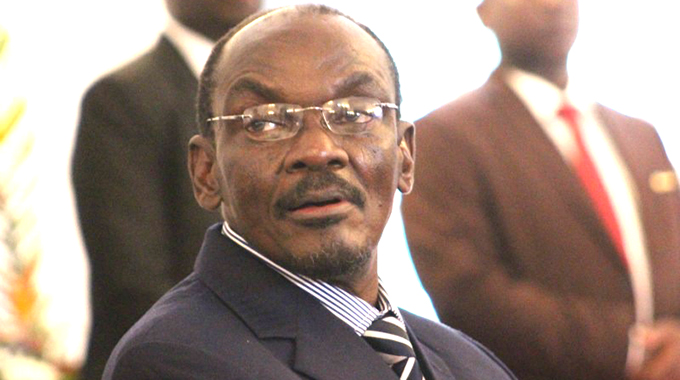
Francis Mupazviriho Correspondent
Binga District, which is located in Matabeleland North province, stands out as a growing investment destination for Zimbabwe.
A full realisation of the district’s potential, however, hinges on the rehabilitation of the road network. Binga road which has some fine carpeted stretches unfortunately bears some poor sections requiring rehabilitation for realisation of dividends from the tourism, fishery and mining sectors which constitute the lynchpin of the district’s economy.
Despite the infrastructural matters, my attention is, however, drawn to Binga district’s (and generally that of Matabeleland North province) environmental resilience which appears unfazed by threats from human activity, especially deforestation which has wreaked havoc in most parts of the country, in recent years.
Having driven for some three hours now from Hwange, in glee of its savannah, I suddenly come across the signage inscribed “Welcome to Binga Rural District Council”, confirming entry into the district which has much to offer.
The Border Post
Tucked south of Lake Kariba and sitting across the Zambezi escarpment, Binga provides a key gateway to Zambia outside the traditionally preferred exit points via Victoria Falls, which bears the Victoria Falls International Airport, a border post with Zambia and Kazungula Border Post shared with Botswana.
Binga is situated closely to the Victoria Falls, Zimbabwe’s prime tourist destination, which is home to one of the world’s seven wonders, the Mosi-oa-Tunya and Hwange, which provides one of Africa’s ultimate game experiences.
Ordinarily, this overshadows Binga despite tourism opportunities, standing to benefit the Batonga community through anticipated employment creation arising from the sale of the coveted local crafts which serve as memorabilia for the spending tourist!
Apart from the variety of wildlife, flora and fauna the district prides itself with its “intact Batonga culture” which has “stood the test of time”, says Binga traditional leader, Chief Siansali.
Like its “sister” Kanyemba in Mashonaland Central, which borders with Zambia and Mozambique, bearing similar climatic conditions and investment opportunities, Binga has in recent years become an epicentre of Government’s renewed efforts to spur its economic profile.
In March, Vice President Kembo Mohadi toured Binga as part of efforts to monitor progress being made in the attainment of priority projects under the Rapid Results Initiative (RRI), being spearheaded by the ministries of Home Affairs and Cultural Heritage, Women’s Affairs, Community, Small and Medium Enterprises Development and Environment, Climate, Tourism and Hospitality Industry. These included the border post, Binga Craft Centre and the Batonga Community Museum.
The border post is key for Zimbabwe, especially considering that Zambia had setup its own post in 2010.
In 2010, Zambia commissioned the Namafulo Border Post having a purpose to “ease movement for Zambians in Sinazongwe District crossing to Zimbabwe on Lake Kariba” as highlighted by the Lusaka Times.
In March, the community’s endorsement for a fully-fledged border post was apparent with Matabeleland North Province Minister Richard Moyo underscoring the importance of the post, especially in terms of facilitating the ease of doing business and interaction between the Batonga people on both sides of the Zambezi.
“If this border is now working, they (Binga community) just cross it is just 30 minutes to meet their relatives and even exchange to business and if they want to do business with people from Zambia can they use this border,” continued Minister Moyo.
While the Binga community led by Chief Siansali expressed the community’s desire for the post to be named “Kasambambezi”, this will require official processes to be followed.
According to the National Museums and Monuments of Zimbabwe curator in Binga, Joshua Chikozho, Zambezi, is believed to be a corruption of “Kasambabezi”.
Scholarly accounts indicate that the Zambezi River was a “narrow canal infested with crocodiles and hippopotamus amongst other dangerous animals.”
“Access to water fishing and let alone a bath required a comprehensive knowledge of the river.”
“The Batonga people had the knowledge about spots having few or no crocodiles where they could “steal” a bath or fetch water, leading to the name Kasambambezi,” according to authorities.
Here the Zambezi river is spiritually important.
This explains the unwavering desire for the border post to bear reference to the Batonga’s rich and undying culture and heritage which fits into all spheres of life in Binga.
According to Chief Siansali, the border post will provide an economic boost to the district which is a stone’s throw away from Zambia, but which currently depends on Bulawayo wholesales for goods and services.
Chief Siansali says that an official opening of the post will need to be accompanied by a festival which brings together “relatives from both sides of the Zambezi”.
“We have a cultural and biological connection with our Zambian counterparts, continued Chief Siansali. Although the colonial system cut is into two, we always meet on funerals, cultural festivals and other family matters.”
Before the closure of the border owing to Covid-19 restrictions, a temporary structure manned by the Immigration Department had been put in place, pending commencement of inception works for a fully-fledged Border Post, to be populated by relevant government agencies.
In an interview, the Permanent Secretary for Home Affairs and Cultural Heritage Mr Aaron Nhepera says the border post is vital for the development of Binga.
“This is a project that has been on the cards for quite a long time . . . it is a project that is dear to the people of Binga, we are enthusiastic about the coming of this border.”
According to the Chief Director for Immigration Mrs Respect Gono, the operationalisation of the Border Post was a “culmination of several years of serious advocacy and lobbying by communities from both sides of the Zambezi valley.”
Before the closure of all Border Posts in line with measures to curb the spread of Covid-19, an average of 120 travellers per month were using the crossing point since 2018, as highlighted by Mrs Gono in a recent interview.
The border post is an important Port of Entry and Exit for Zimbabwe and Zambia, who greatly depend on the vital Chirundu Border Post for both cargo and human traffic.
Tourism
Further to facilitating business between Zambia and Zimbabwe, the Border Post is earmarked to provide a key gateway for regional and international visitors as well.
This explains the optimism which the Director for Tourism Development and Facilitation in the Ministry of Tourism Dr Douglas Runyowa expressed during the March tour.
“It (the Border Post) gives an opportunity for more regional tourists to be able to travel to Binga.”
“Access is everything in tourism, it gives another opportunity to be able to link the country with Zambia, apart from your link with Chirundu, Victoria Falls and Kariba as well,” he said.
While Covid-19 negatively affected the small Border Post, which was slowly coming to life, there is a silver lining following the reopening of the tourism and hospitality industry, which Binga can benefit from, obviously while adhering to the set Covid-19 health protocols.
Recently, the Ministry of Tourism articulated its three-pronged tourism strategy focusing on a phased domestic, regional and finally international tourism receipts as part of a recovery plan from Covid-19.
With momentum having been built, plans to transform Binga however rest on a cocktail of measures which apply to the tourism industry including: infrastructure rehabilitation, investment promotion, addressing competitiveness issues and a robust marketing strategy to attract the untapped local and the ever-ready foreign market.
Binga’s long term tourism plans shall be largely based on its linkages with other tourist destinations such as Kariba, which connects through the Zambezi channel. Providing linkages between Kariba and Binga will obviously require the resuscitation of the ferry services which in the past connected the two areas before docking at Mlibizi Resort area, renowned for its cool breezes.
Presenting a case for the revival of tourism in the district, during Vice President Mohadi’s mission in March, Dr Runyowa indicated that a resumption of ferry services “will allow visitors to transport their vehicles along the Zambezi river to Binga, for subsequent connections to other resort areas of Victoria Falls, Hwange and Matopos among others.”
Apart from the road rehabilitation, Binga’s fortunes depend on the upgrade of the district’s aerodrome having a kilometre-long runway which stands to attract traffic which would allow “options for packages between those that want to fly from Manna Pools, Victoria Falls as indicated by Dr Runyowa.
With studded tourism attractions which include the Chibwatatata Hot Springs, Chijalile Pass, Zambezi River viewing, a sand beach and natural rock outcrops, Binga provides key sightseeing views which are integral for its “Project Restart” after Covid-19.
Geographically, Binga’s relative proximity with parts of the Midlands and Mashonaland West Provinces gives it another comparative advantage, to be fully enjoyed through a comprehensive infrastructure rehabilitation.
Minister Richard Moyo underpinned the importance of the rehabilitation of Karoi-Binga and Gokwe-Siabuwa roads which connect to Binga.
“The resources are already there; we want to divide the teams into two.”
A rehabilitation of alternative routes will significantly cut the distance from Harare to Binga by 300km, which stands to make the district more accessible.
Such a development stands to foster domestic tourism in particular, in an environment where tourism is generally viewed as a luxury for elites.
The project to tar Karoi-Binga road, which the Government reported to be under the second phase last week, following the completion of the first 10km-stretch is crucial for Binga’s increased accessibility. Apart from reducing the distance, the ongoing rehabilitation works make it easier for “drive through tourists” and locals seeking to have excursions in Binga.
While Covid-19 may have adversely affected the tourism industry, which is a crowd-based sector, it has provided a window as tourism authorities seek to devise strategies that will promote Binga District to the domestic local market, as a precursor to foreign arrivals bound to set their foot in Zimbabwe after the eventual reopening of the country’s Ports of Entry/Exit in a post Covid-19 induced “new normal”.
The Border Post provides an enabling infrastructure which services Binga’s aspirations as a key tourist destination outside the traditionally preferred destinations which include Victoria Falls, Hwange and Kariba.
- Francis Mupazviriho is the Communications and Advocacy Officer in the Ministry of Home Affairs and Cultural Heritage. @frmupah

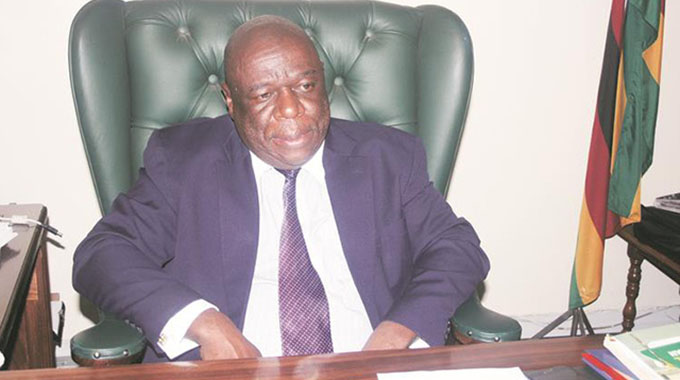
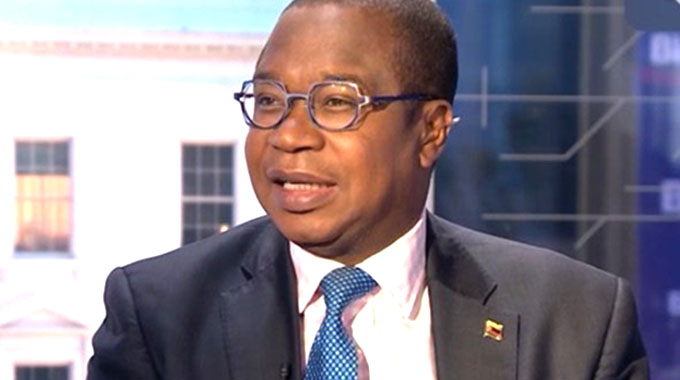

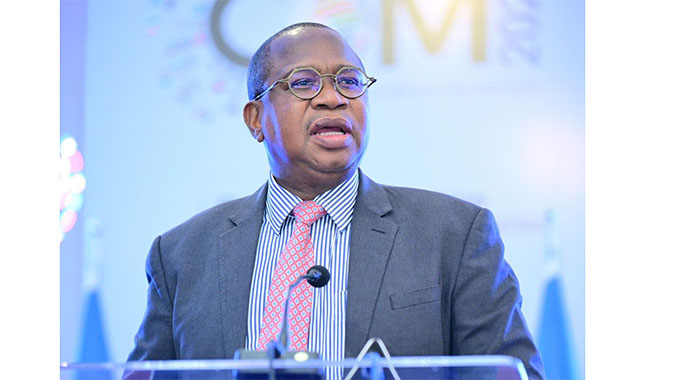
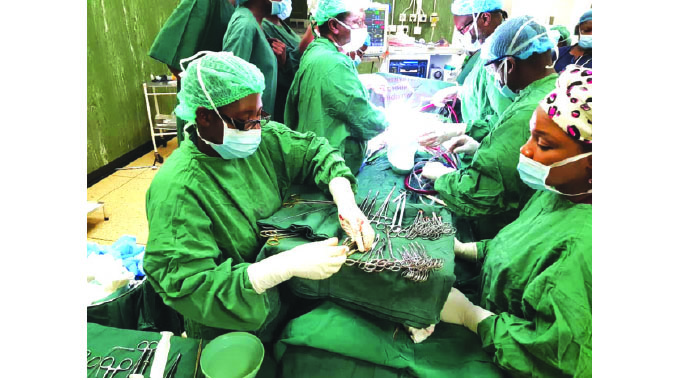

Comments